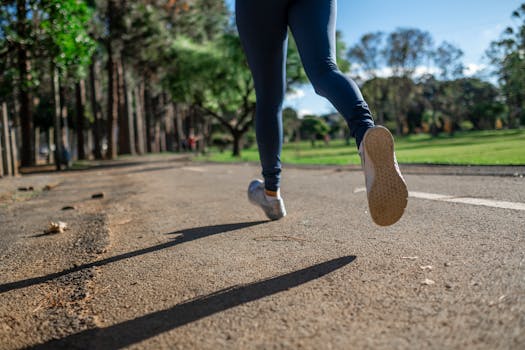
Introduction
Running with music can boost your motivation and make every mile more enjoyable. Spotify offers a seamless way to listen to your favorite songs, playlists, and podcasts while you run. Here’s a step-by-step guide on how to use Spotify while running, ensuring you have the best experience possible.
1. Prepare Your Playlist
- Create a Running Playlist: Before you head out, make a playlist filled with your favorite upbeat tracks or explore Spotify’s curated running playlists.
- Download for Offline Use: If you don’t want to rely on mobile data, download your playlist so you can listen offline.
2. Set Up Your Device
- Wearable Compatibility: If you have a smartwatch like Apple Watch or a supported Garmin device, install the Spotify app to listen directly from your wrist without carrying your phone.
- Earphones: Choose wireless or sweat-resistant earphones for maximum comfort while running.
3. Enable Easy Controls
- Voice Commands: Use voice assistants (Siri, Google Assistant, or Spotify’s built-in voice search) to change tracks hands-free.
- Offline Mode: Enable Spotify’s offline mode to avoid interruptions from a weak internet connection.
4. Use Spotify Running Features
- Pace-matching Songs: Some third-party apps integrate with Spotify to match music tempo to your running pace, keeping you in rhythm.
5. Safety Tips
- Keep Volume Moderate: Listen at a safe volume so you remain aware of your surroundings.
- Stay Alert: If running outdoors, consider using ambient mode or leaving one earbud out to stay alert.
Conclusion
Spotify makes running more fun and energetic by providing endless musical choices. With the right setup and safety precautions, you can enjoy your favorite tunes while focusing on your run. Happy running!
Comments
Post a Comment